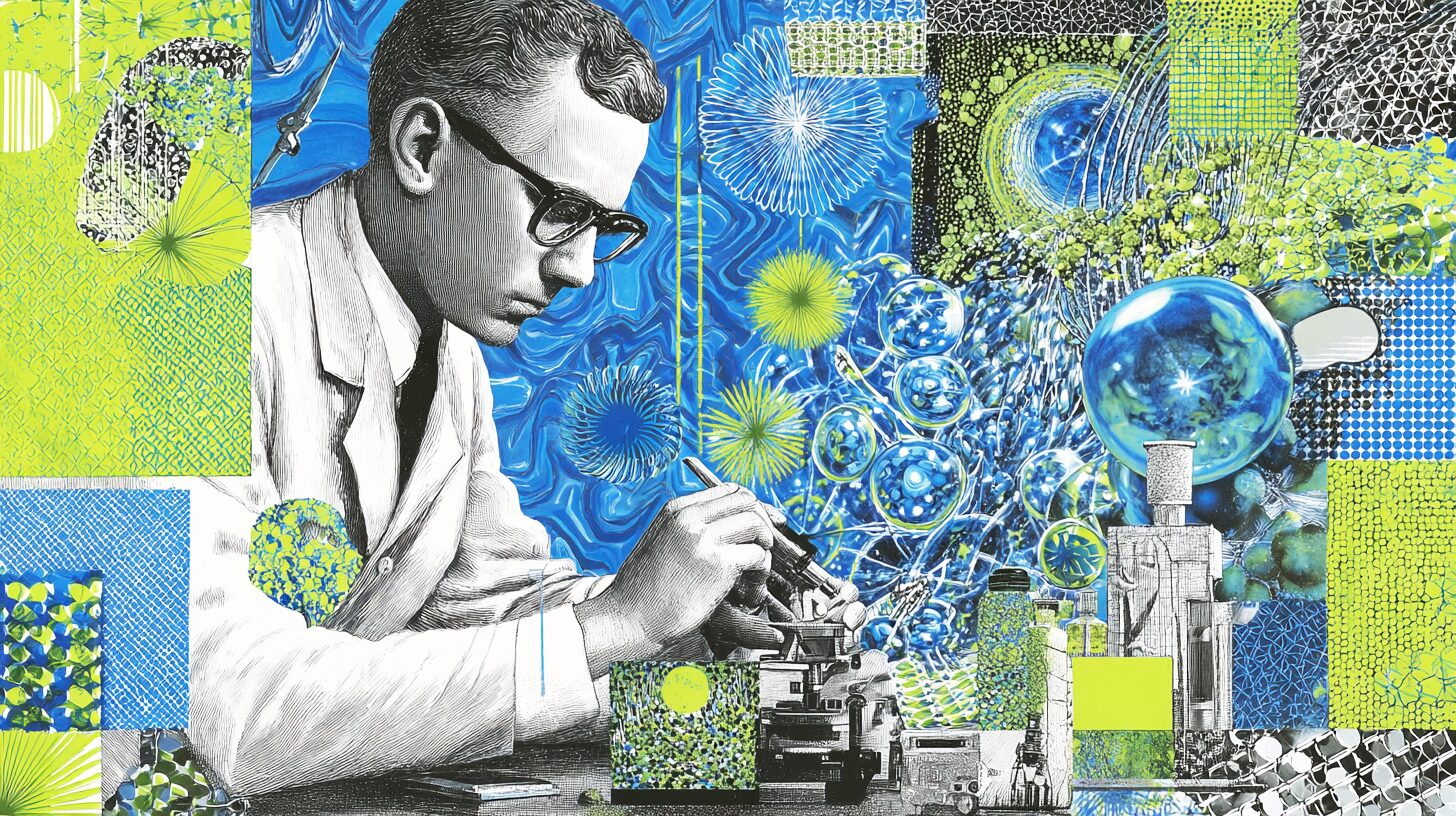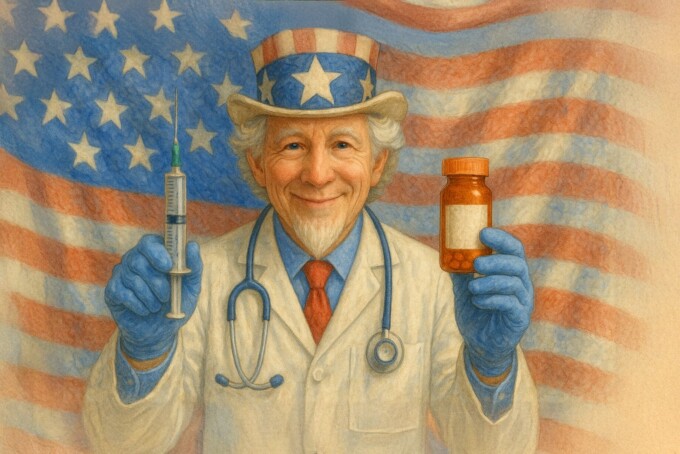Summary: Biomedical science is accelerating. Over the past year, we’ve seen breakthroughs that move us closer to earlier diagnoses, more precise treatments, and better outcomes. From the first successful treatment of Huntington’s disease to gene therapy and new frontiers in brain science, the outlook is hopeful and suggests that medicine is entering a new era.
For most of history, medicine could only ease suffering—not cure the diseases that cut lives short. Conditions such as blindness, paralysis, and neurodegeneration were seen as inevitable tragedies beyond the reach of science. Yet, recent advances suggest we are entering a new era, defined not just by longer lifespans but by healthier ones too. Over the past year, biomedical research has delivered breakthroughs that were once thought impossible, and these discoveries signal a profound shift. Medicine is no longer only about managing decline but increasingly about also restoring function, preventing disease, and offering hope to the once hopeless.
In landmark medical news that broke last month, doctors appear, for the first time, to have slowed the relentless progression of Huntington’s disease in humans. This genetic disorder, among the most devastating known to medicine, is caused by a single mutation in the huntingtin gene. The faulty gene produces a toxic protein that kills neurons, leading to a cruel mix of dementia, Parkinson’s, and motor neuron disease. Symptoms usually begin in a patient’s 30s or 40s, and until now, the condition has always been fatal within two decades.
The new trial offers unprecedented hope. Patients who received treatment showed a 75 percent slowing of disease progression. During the treatment process, surgeons spend 12 to 18 hours guiding a catheter deep into the brain. There, they infuse a harmless virus that has been redesigned to carry a special DNA sequence. Once inside neurons, the virus prompts cells to manufacture microRNA molecules that silence the faulty genetic instructions. This reduces levels of the toxic huntingtin protein, thus preserving brain cells and function.
This breakthrough underscores the transformative potential of genetic medicine: What once seemed impossible is now becoming reality. The new approach may also open the door to treatments for many other conditions once thought untouchable, including muscular dystrophies, ALS (amyotrophic lateral sclerosis), inherited blindness, and even certain forms of Alzheimer’s. Each success strengthens the case that precision therapies targeting DNA and RNA can shift medicine from managing decline to restoring health.
The restoration of touch to amputees through cutting-edge prosthetic technology represents another standout breakthrough this year. In new clinical trials, sensory-enabled neural prostheses are allowing people with upper-limb amputations not only to control their artificial limbs but also to feel again, thanks to electrodes that stimulate nerves in the residual limb and relay signals the brain interprets as touch. Other research has shown that even sensations such as temperature can be recreated: In one study, more than half of participants reported experiencing hot or cold directly in their phantom hand when their residual limb was stimulated. These developments go beyond improving motor function. They reconnect people to a vital human sense, transforming prosthetics from tools into extensions of the self and offering a glimpse of a future in which disability is met with evermore empowering technologies.
Parallel innovations in gene therapy are restoring sight to the blind, demonstrating how biomedical science is increasingly able to recover lost senses and functions once thought permanent. Earlier this year, gene therapy dramatically improved sight for children dealing with a rare genetic eye disorder that causes blindness. Leber congenital amaurosis is caused by mutations in the AIPL1 gene and other genes critical for photoreceptor function, leading to severe vision loss or blindness from birth or early infancy. In the experimental procedure, doctors injected healthy copies of the AIPL1 gene into the eyes of four children using keyhole surgery. The children, who were born blind, regained substantial visual ability: They can now see shapes, recognize their parents’ faces, find toys, and in some cases, even read and write. Crucially, this is the first effective treatment for a particularly severe form of hereditary childhood blindness.
On the therapy front, remarkable developments have taken place in treating chronic diseases, metabolic illnesses, and aging-related risks. One particularly compelling advance involves GLP-1 agonist drugs, such as semaglutide (marketed as Ozempic and Wegovy). Originally developed for diabetes and obesity, trials show that GLP-1 drugs reduce the risk of cardiovascular disease, stroke, and heart attack—even before dramatic weight loss occurs. This suggests that the medications may be more broadly useful in preventing diseases and extending healthy lifespans than was previously appreciated.
Meanwhile, immunotherapy combinations are reshaping cancer treatment. Trials involving combinations such as botensilimab and balstilimab have shown promising results in types of colorectal cancer that previously resisted treatment. In one trial, around 60 percent of tumors shrank or were stabilized. Progress here is especially exciting because many patients with microsatellite-stable metastatic colorectal cancer have very few effective options. Immunotherapy has been transformative in cancer, and these newer combinations are showing what might be possible in even tougher cases.
These are just a few examples from the past year demonstrating that biomedical research is not merely producing incremental change but delivering measurable progress toward earlier, more precise diagnoses and better-targeted therapies. The trajectory of human health is rising, and the horizon of possibility continues to widen. Science is no longer merely about imagining a better future: It is actively building it, and we are already living healthier and longer than ever before.





